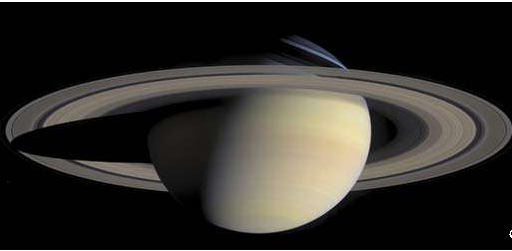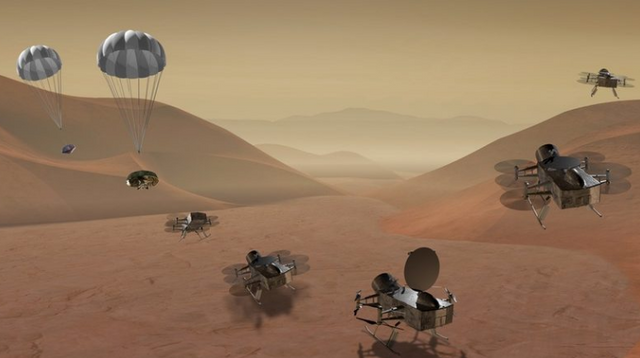
After 13 years of legendary Cassini spacecraft mission, researchers at Cornell University finally made a complete map of Saturn's largest moon surface, Titan. New topographic maps help scientists discover amazing facts. It turns out that Saturn's moon is more like our partner than we can imagine.
All the oceans of Titan, like the Moon, have the same surface - what Earth calls "the world's oceanic level". Only Titan's liquid surface does not consist of water, but from methane and ethane. Since Cassini sent the first images from the surface of Titan, scientists have been investigating the similarities with Earth. Previously, astrophysicists confirmed the existence of a sea of hydrocarbons on the surface of the satellite.And now, according to new data, it turns out they have the same ocean surface - like the oceans on Earth. This discovery is also remarkable by the fact that it is possible to observe this phenomenon in the celestial body, which lies at a distance of 930 million miles from the Sun.Astronomer from Cornell University, Alex Hayes, presented this achievement in this context: "We measured the surface of the ocean on a celestial object located at a distance of 10 astronomical units from the Sun, with an accuracy of 40 cm." In addition, scientists believe - hydrocarbon lakes flow beneath the surface of Titan. This discovery denied earlier accepted theories that there could be no liquid hydrocarbons in Titan.
Watching Europe, Jupiter's ice moon, researchers believe it can support an extraterrestrial life form. NASA even plans to send a landing module to Europe to investigate the potential existence of organic life. The initiative is supported by the European Space Agency (ASE). The purpose of this collaboration is the launch of the mission in the mid-2020s.
Despite new discoveries about the Titan, many still consider Europe to be more adaptable to unknown life forms. The oceans of Europe have a chemical composition that is understandably similar to terrestrial, but Titan is the only planet separated from the Earth in the solar system, having a densely populated atmosphere and according to recent data - global sea level. Of the two applicants, the next mission - the interplanetary helicopter - was decided to be sent to Titan.

After announcing the finalists, Thomas Zurbuchen, professor and director of the scientific mission unit, added that NASA made the decision "based on the conclusions of visionary science." No doubt, they can make the mission to Titan more interesting. However, the extraordinary opening of the global sea level, created in December, could only be the tip of the iceberg. It is impossible to know exactly what surprise is waiting for Saturn's largest moon, until further information emerges.